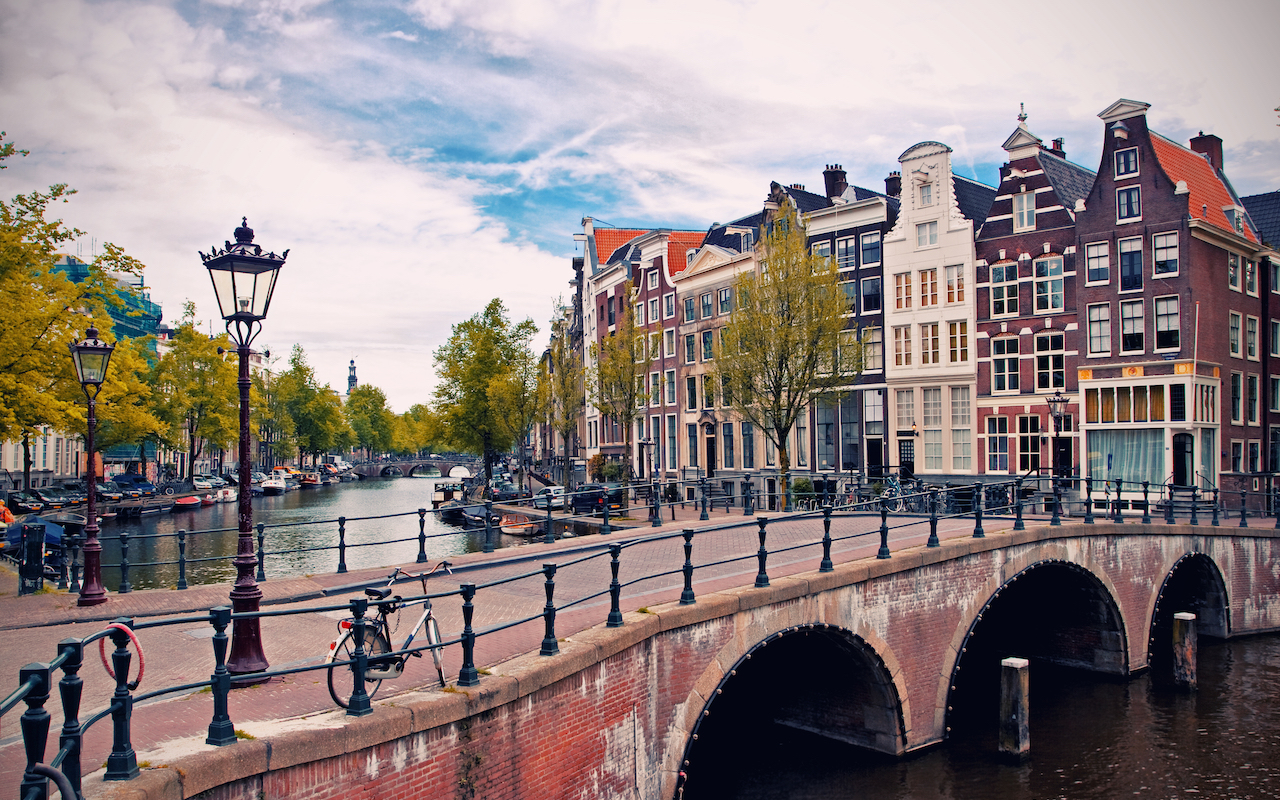
Sustainability has become an increasingly important part of our lives – especially when it comes to travel. By and large, we want to venture to places with lush parks, clean air and easily accessible public transportation, and we try to do what we can to decrease our carbon footprint on our trips – from purchasing carbon offsets to minimising plastic consumption.
In a recent study of the world’s greenest cities by Resonance Consultancy*, five Singapore Airlines destinations placed in the top 10: Munich (2), Madrid (4), Manchester (6), Singapore (8) and Amsterdam (9). Factors considered in the study include the amount of public green spaces, percentage of the population that commutes via public transport, level of air pollution, walkability and number of farmers markets – all factors one may consider when planning a trip to a destination.
From fully wind-powered airports to “trees” embedded with photovoltaic cells that harness solar energy, here are some of the boldest, coolest and most innovative sustainability initiatives in these cities.
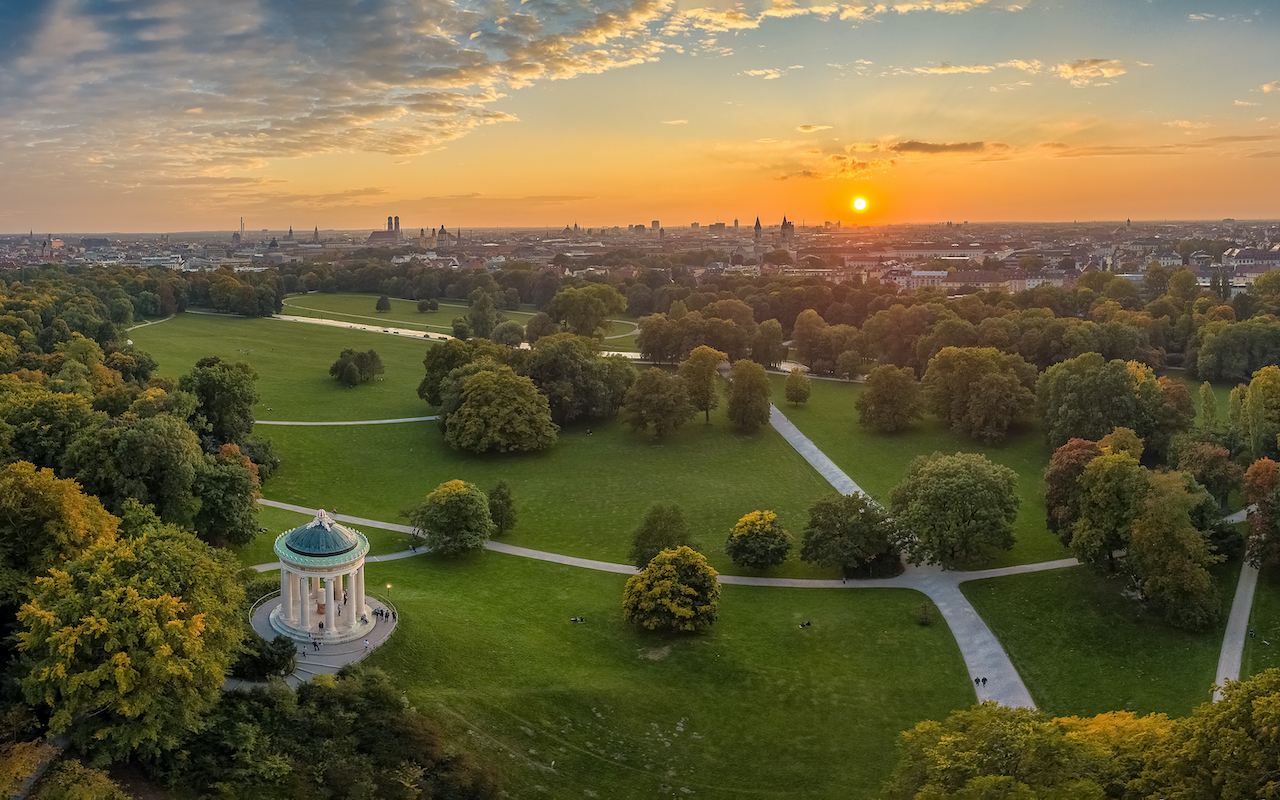
1. Munich
Back in 2009, Munich – home to the Oktoberfest, atmospheric beer gardens and stunning museums and architecture – set a target of running entirely on renewable energy by 2025, which would make it the first city with over one million residents to achieve this lofty goal.
In order to do so, the government has pumped money into its water, solar, geothermal, biomass and wind power industries. Meanwhile, the sprawling Englischer Garden is used as a grazing ground for sheep, a measure that aims to provide natural fertilisation for this urban oasis.
On a grassroots level, local environmental organisation Green City has launched a variety of quirky initiatives since it was founded in 1990, including teaching students about growing food, mobile trees that travel from street to street in a call for the planting of more of them and clothing swaps to encourage conscious consumption. You’ll also find plenty of bulk food stores scattered throughout Munich, and nearly 20% of all traffic in the city is comprised of bicyclists.
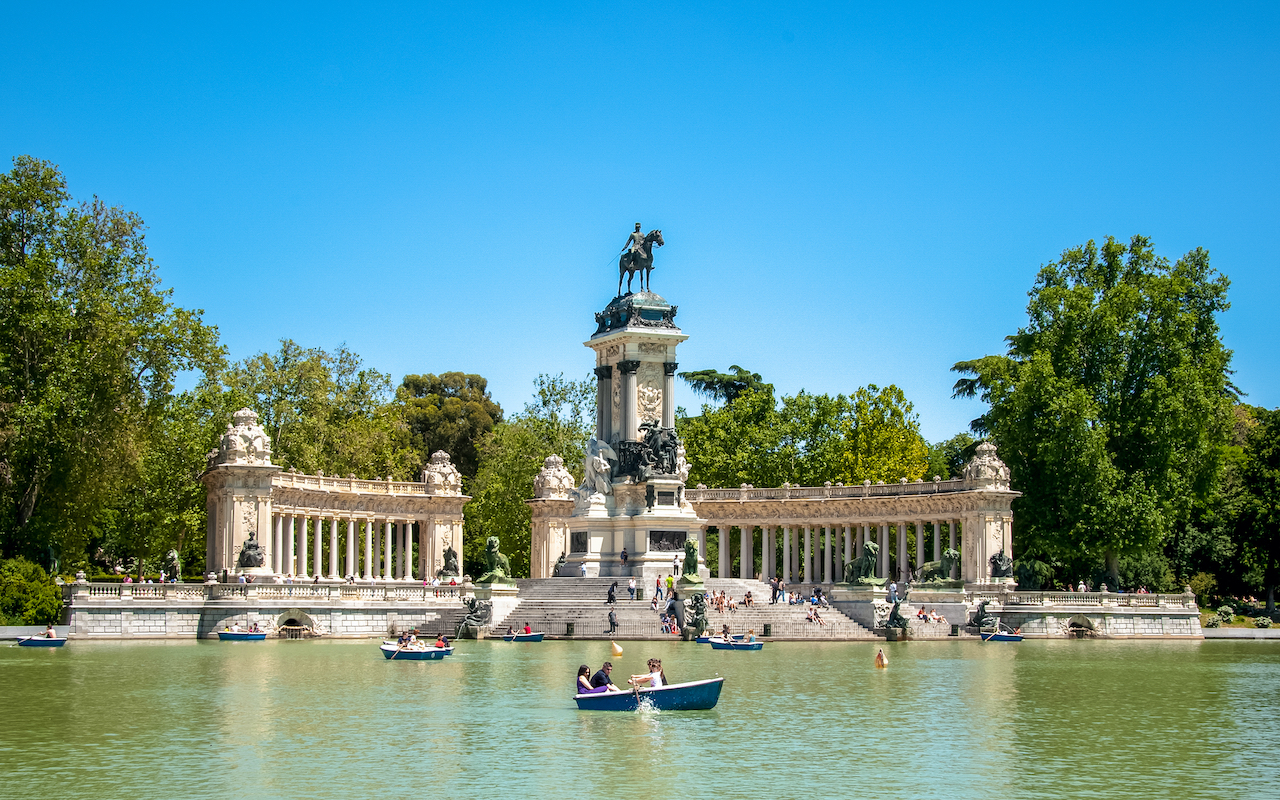
2. Madrid
Besides boasting sprawling gardens such as El Retiro Park (which has over 15,000 trees) and the Royal Botanic Gardens (home to over 30,000 plant species), Madrid is taking huge steps to become an even more sustainable city in the coming years.
In 2016, the city committed to increasing the number of public green spaces to help tackle the effects of climate change – that means 22 new urban gardens alongside additional funding to maintain its current parks. Meanwhile, developers are being encouraged to incorporate greenery into their new builds.
In order to decrease the number of cars on the road, money is also being funnelled into increasing the size of sidewalks to make the city more walkable, while much of the downtown area is closed off to private vehicles from other parts of the city. Madrid recently welcomed 15 new electric buses in March 2020 as part of a plan by the city to eliminate diesel-powered buses by 2022.
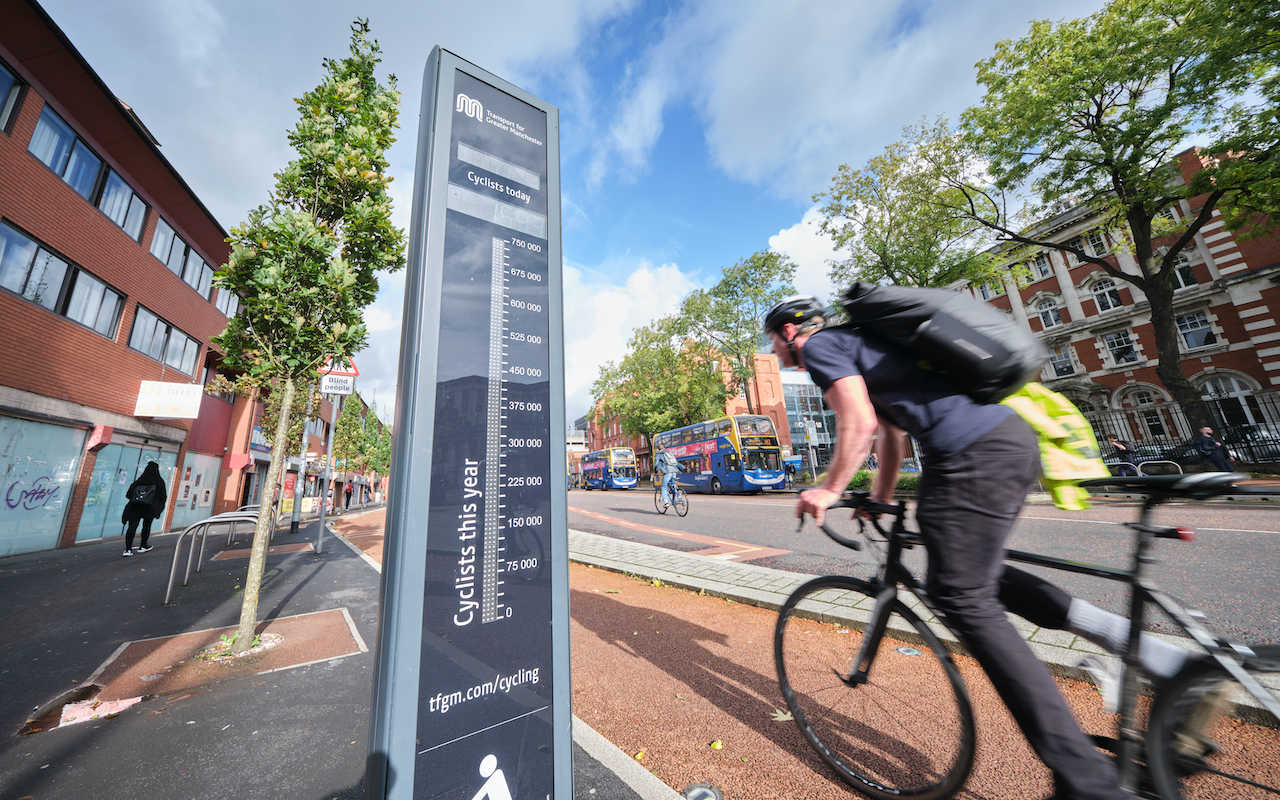
3. Manchester
In 2018, Andy Burnham, the mayor of Greater Manchester, went on the record with his ambitious to make Manchester one of Europe’s greenest cities – a statement backed by an initial £160m investment in cycling and walking infrastructure and £80m worth of funding for the city’s tram network.
Indeed, the city aims to eliminate the use of single-use plastics by 2020, and has roped in former Manchester United star defender Gary Neville to feature in a campaign to advocate for the cause.
Earlier this year, the city initiated a fleet of 32 new zero-emissions electric double-decker buses, with each having the capacity to take 70 cars off the road and save an added 2,208 tonnes of carbon per year compared to existing buses. All this is part of the city’s drive to be carbon neutral by 2038.
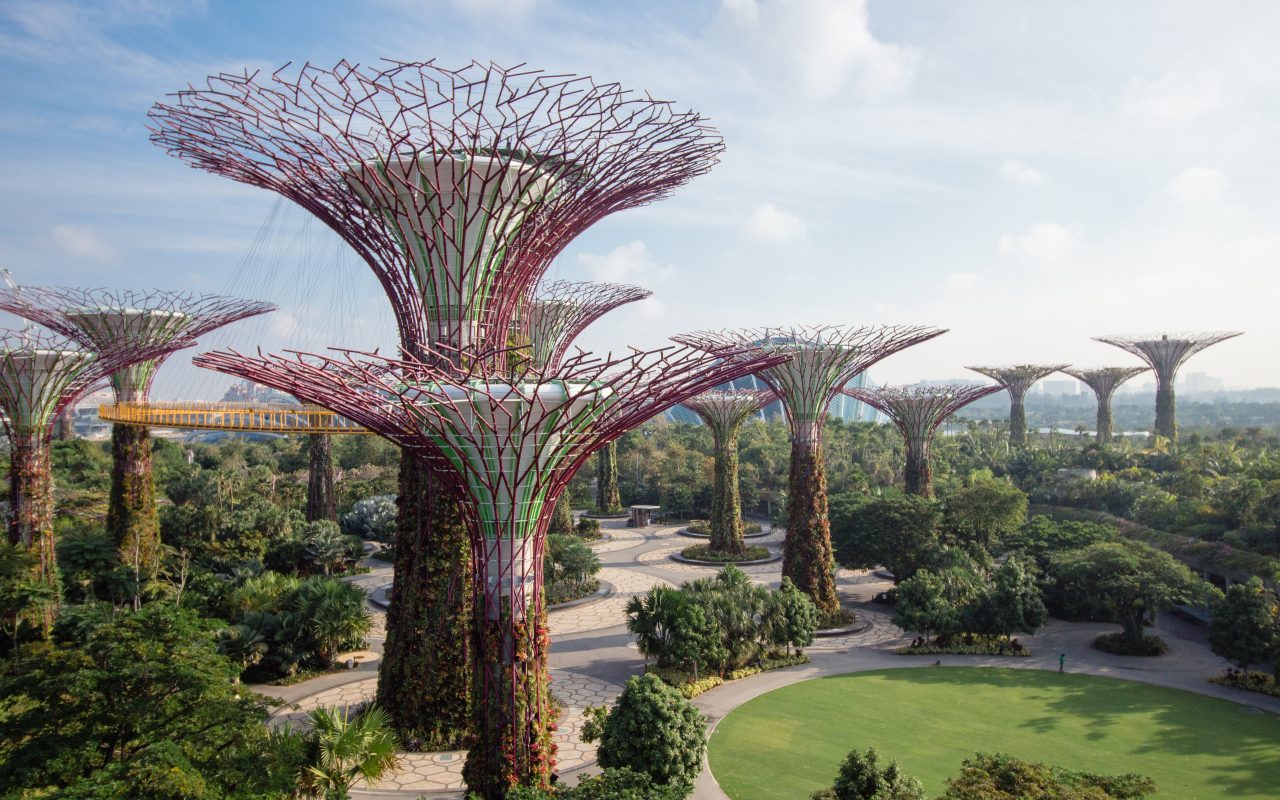
4. Singapore
With its Garden City moniker, Singapore found its way onto this list despite its concrete housing blocks and gleaming skyscrapers. Besides having 47% green cover, it also tops MIT’s Green View Index, which measures the amount of canopy cover in cities across the world.
Then there’s the remarkable Gardens by the Bay tourist attraction, where you’ll find the eye-catching Supertrees – vertical garden structures that house 150,000 plants, and collect solar energy during the day to power a spellbinding light show at night.
About 40% of the city-state’s water supply is made up of desalinated water, a figure that the government hopes to up to 85% by 2060. Also currently in the works is a plan to connect Jurong Lake Gardens, the Singapore Botanic Gardens and Gardens by the Bay – three of Singapore’s key urban gardens – via an 11km-long continuous green corridor. Construction on the project is scheduled to start in 2021.
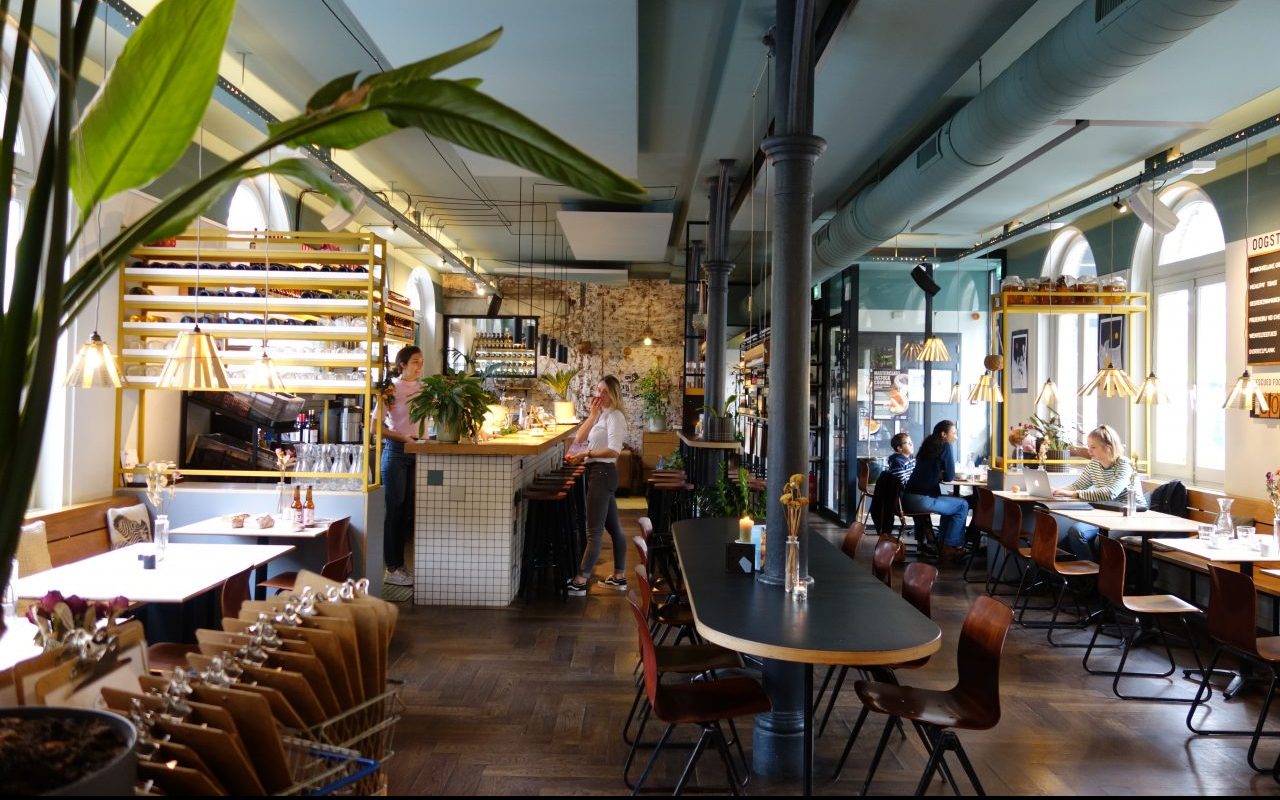
5. Amsterdam
With more bikes than people, Amsterdam is widely considered as one of the most bike-friendly cities on the planet. (If boats are more your thing, you can also use them as a green method of exploring the picturesque canals).
This eco-friendly transportation ethos applies to air travel as well: Royal Schiphol Group’s Dutch airports have been running 100% on Dutch wind power since 2018. Amsterdam also aims to become a completely emissions-free city by 2030 and achieve climate neutrality by 2050.
When it comes to dealing with food waste, innovative local company Instock runs a restaurant and food truck selling delicious dishes made from “imperfect” or surplus produce that would otherwise be thrown away, and even has a line of pantry products. Finally, if you’re in town, be sure to stop by De Ceuvel, the “clean tech playground” located at the site of a former shipyard. It aims to spread the message of sustainability and consists of a cultural venue, café and houseboats available for rent.
*The study ranked the world’s greenest cities out of the 50 most-visited destinations on TripAdvisor, as measured by the number of reviews. More information about the methodology can be found here.
SEE ALSO: Here’s how Sydney’s harbour spaces are going green
The post A closer look at five of the world’s greenest cities appeared first on SilverKris.
from SilverKris
No comments:
Post a Comment